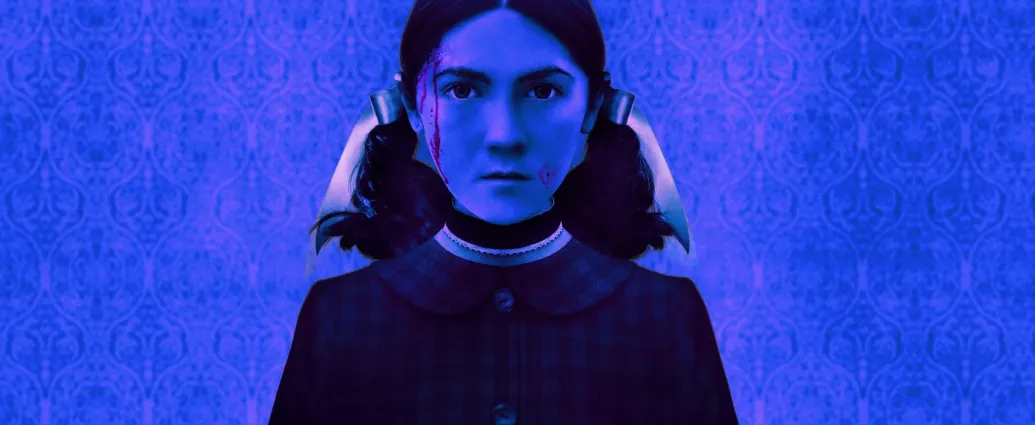My playthrough of The Longing was committed on a whim, based on the conscious decision to touch upon more “out there” videogames on Die Die Retry. Straightaway, The Longing checks off my expectation, accomplishing an experimental experience unlike anything I’d ever played prior. I first discovered The Longing through the Indie World Showcase last month, and was so tickled by the concept that I bought it straightaway. Although it arrived on Switch last month, PC gamers have already had the chance to become acquainted, as the videogame arrived early last year.
I had never regretted buying a Nintendo Switch, because my wife has had oodles of fun (oodles, I say!) playing Animal Crossing, Pokémon, and Luigi’s Mansion, for instance, but I had always felt like the odd man out. I don’t have the same loyalty some have with Nintendo’s icons like Link and Mario, having played on the PlayStation in my youth. All the same, I have found a new lease on the Switch, bound by the odd-balls videogames that find their way on the system. Be it an outright misfire or a glorified masterpiece, I’m usually satisfied merely by an arrangement of fresh, unique ideas, often given at a discounted, accommodating price point.
What is The Longing, you may ask? The Longing is an indie point-and-click adventure idle videogame, developed by Studio Seufz. That word salad of a genre description is important, particularly the “idle” component. I don’t know about you, but when I think of an example of an “idle” videogame, I think of mining Adamant ore on RuneScape with a bronze pick-axe, and that goes a way in summarizing a lot of the experience that awaits you.
In the Longing, you play as a creature called a Shade, whose tasked to awaken a king once his time of slumber comes to an end. The kicker – the King must’ve worked a double, because he won’t be budging until 400 days has went by. That’s where one of the most interesting components of The Longing is revealed – the videogame sees the four hundred days pass in real-time, and it happens regardless of whether or not the player opens the game.
That’s both interesting, intimidating, and slightly misleading. I was truly enamored with the concept, but was doubtful such a small videogame would be able to hold my interest for such an extended timespan. Do you have to play The Longing for 400 days? Well, here I am having beaten The Longing, only a month after its release, and so, that should answer your question. There’re multiple endings in The Longing, only one of which requires you to wait the 400 day span. Even still, however, there’re manipulations sprinkled in that can accelerate the timeclock.
The Shade is a mopey creature. You would be too if you’d been trapped by your lonesome in a dark, mildew-y cave, babysitting a snoring giant. However, as you find items to stock your bookshelves, including full length novels like Moby Dick, fashion yourself a bed, and find other ways to express yourself, Shade begins to find a better outlook on his predicament. The Longing is a devout believer in the time flies, when you’re having fun philosophy.
It’s actually a really neat idea, I think. As you start to fill up your bookshelf, you will find new ways to speed things up, which is important to the game’s progression. The Longing has you look at the aspect of time almost as a form of currency, and the ways you find to occupy your character’s mind are significant.
The videogame knows the niche appeal of its concept and does not fail to poke fun at players – mocking how deliberately slow the Shade moves and paying little mind to the player’s time, hence the importance of approaching The Longing as an “idle” videogame. In The Longing, you spend your time exploring and mapping out the cave, finding new items and information, and learning more about your situation. One of my favorite features in The Longing is both unique and hilariously cruel – I call it the poor man’s fast-travel. Basically, your character can “memorize” a dozen or so different locations, and then, when you want to return to them, you can. Unfortunately, this is not a warping scenario, but, rather, your character will begin slugging trudging his way back to said location.
In the end, I will admit, fatigue set in before I finished The Longing, with the charm no longer having enough to keep me invested. Honestly speaking, The Longing was a neat experimental and one I think I will look back in fondness of, but, it is more of a novelty than a full-fledged videogame experience. As a videogame, the puzzles are mostly uneventful and the gameplay is beyond arduous in nature.
That said, the sheer audacity and absurdism of its concept, coupled in with an alluring, minimalist art style make it a videogame journey I don’t regret embarking on.





